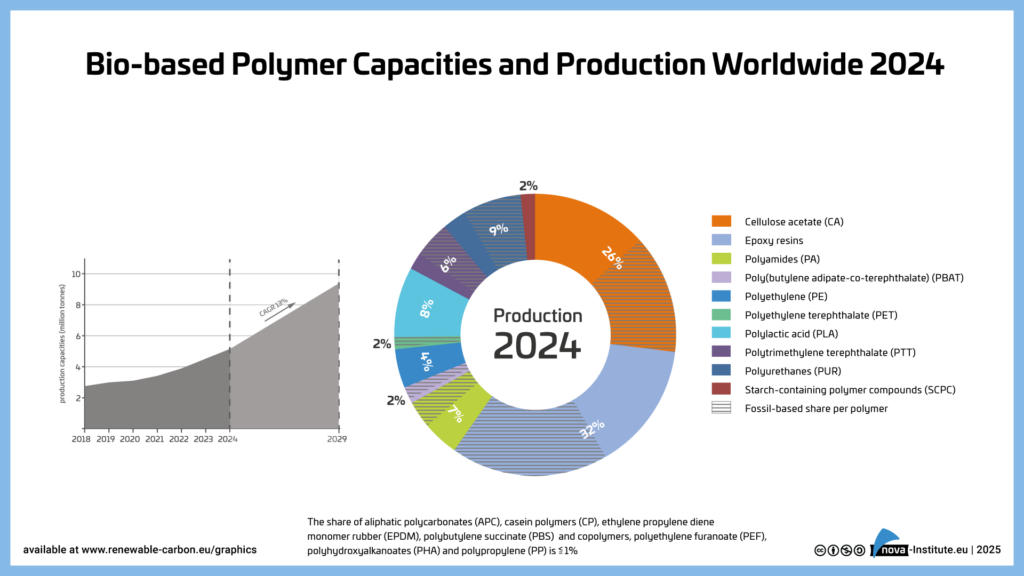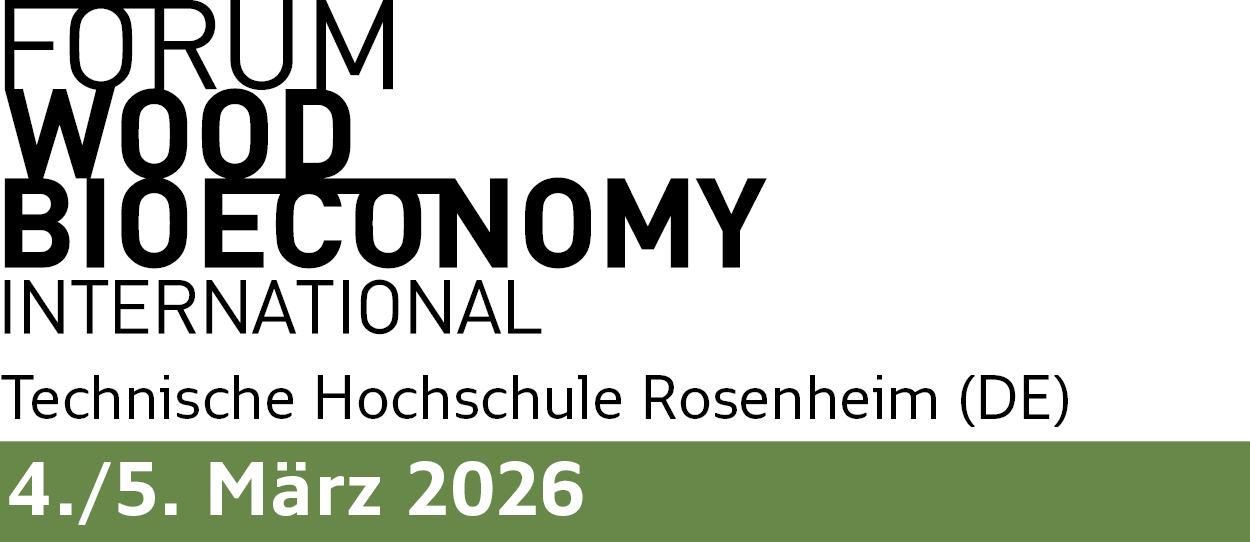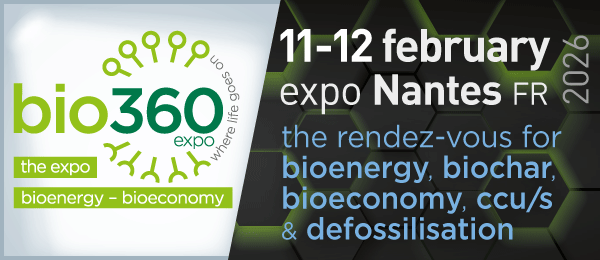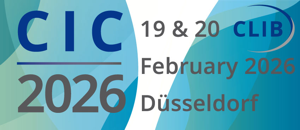
With bio-based polymer production expected to grow at a 13% CAGR through 2029 – far outpacing fossil-based alternatives – the nova-Institute launches its next nova Session – free of charge – giving a preview in the key insights from its latest market report: “Bio-based Building Blocks and Polymers – Global Capacities, Production and Trends 2024–2029.”
The global plastics industry is undergoing a historic transformation. As traditional fossil-based polymers struggle with stagnant growth and increasing environmental pressures, bio-based polymers are gaining serious momentum. To help stakeholders understand and navigate this shift, the nova-Institute is launching a special series of nova Sessions in May 2025, focusing on the findings of its brand-new report: “Bio-based Building Blocks and Polymers – Global Capacities, Production and Trends 2024-2029”. Three upcoming nova-Institute sessions will explore the key findings of the latest market report on bio-based building blocks and polymers, covering global production trends, regional developments and the impact of evolving policy frameworks up to 2029.
The nova Session “Bio-based Building Blocks and Polymers – Global Capacities, Production and Trends 2024-2029” will be presented at three alternative dates:

First Session: 7 May 2025, 14:00-15:00 CET
Hosts: Michael Carus (CEO and founder), Lars Börger (Co-CEO) and Pia Skoczinski (Senior Expert), all from the nova-Institute
Register here, free of charge.

Second Session: 12 May 2025, 15:00-16:00 CET
Host: Michael Carus, CEO and founder of the nova-Institute
Register here, free of charge.

Third Session: 22 May 2025, 15:00-16:00 CET
Hosts: Lars Börger (Co-CEO) and Pia Skoczinksi (Senior Expert), both from the nova-Institute
Register here, free of charge.
Bio-based Building Blocks and Polymers Report Key Insights

The report presented in the upcoming webinar provides the most comprehensive and up-to-date global market data on bio-based polymers, compiled and analysed by the nova-Institute’s international team of experts. Now in its 12th edition, this annual publication is regarded as the industry’s most reliable source of data on bio-based capacities, production volumes and market developments.
2024 was a respectable year for bio-based polymers, with an overall expected CAGR of 13% to 2029. Overall, bio-based biodegradable polymers have large installed capacities with an expected CAGR of 17% to 2029, but the current average capacity utilisation is moderate at 65%. In contrast, bio-based non-biodegradable polymers have a much higher utilisation rate of 90%, but will only grow by 10 % to 2029.
Bio-based epoxy resin and PUR production is growing moderately at 9 and 8%, respectively, while bio-based PP and cyclic APC capacities are increasing by 30%. Despite a decline in production of biodegradables, especially for PLA in Asia, capacities have increased by 40%. The same applies to PHA capacities. Commercial newcomers such as casein polymers and PEF recorded a rise in production capacity and are expected to continue to grow significantly until 2029.
The full report for and a free short version are available here: https://renewable-carbon.eu/commercial-reports.
Source
nova-Institute, original text, 2025-04-17.
Supplier
Share
Renewable Carbon News – Daily Newsletter
Subscribe to our daily email newsletter – the world's leading newsletter on renewable materials and chemicals













